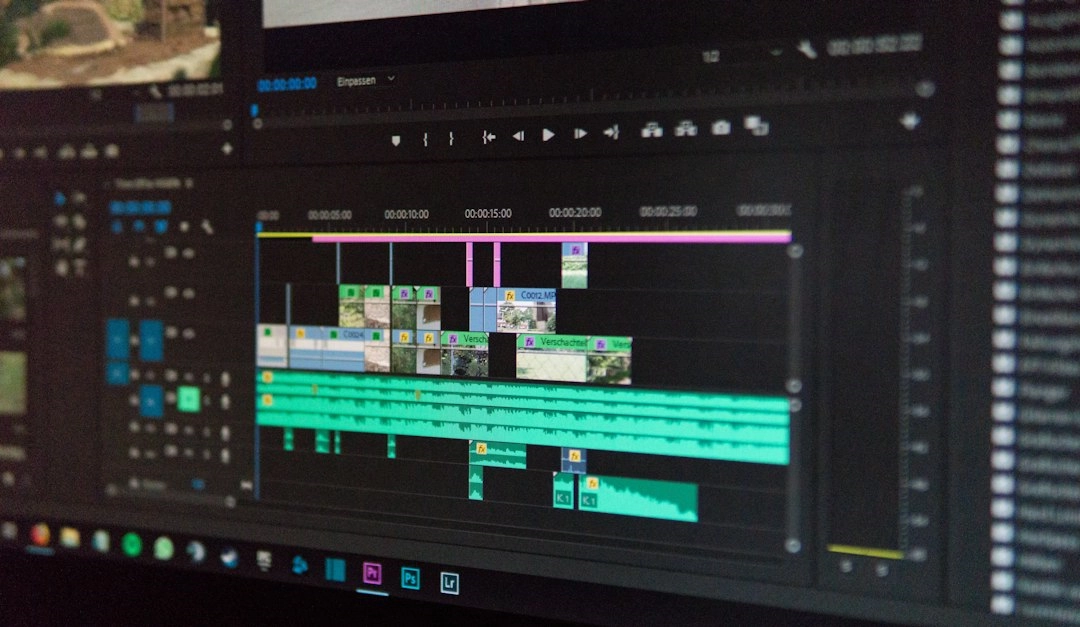What it is:
Sustainable practices in graphic design refer to the adoption of environmentally friendly design choices and strategies that minimize the negative impact of graphic design on the environment. It involves incorporating principles of sustainability, reducing waste, conserving resources, and promoting a circular economy in the design process. Sustainable graphic design aims to create visual communication materials while considering the ecological, social, and economic aspects of the environment.
Real-world problems:
The field of graphic design faces several challenges when it comes to sustainable practices. These problems stem from the reliance on materials and processes that have detrimental effects on the environment. Some of the key issues include:
1. Excessive paper consumption:
Traditional graphic design often involves extensive paper usage for printing promotional materials, packaging, and other design projects. This leads to deforestation, increased carbon emissions from paper production, and waste generation.
2. Energy-intensive production processes:
Graphic design often requires energy-intensive production processes, such as printing, which contribute to greenhouse gas emissions and environmental pollution. The use of energy-efficient technologies and renewable energy sources is limited in the industry, exacerbating the problem.
3. Toxic inks and chemicals:
The use of traditional printing inks, coatings, and other chemicals in graphic design can pollute air, water, and soil during their production and disposal. The release of volatile organic compounds (VOCs) contributes to air pollution and poses health risks to workers and communities.
4. Limited use of sustainable materials:
There is a lack of awareness and availability of sustainable and eco-friendly materials in graphic design. Many designers still rely on non-recyclable or non-biodegradable materials, such as plastics, for packaging and other design applications.
5. Lack of awareness and education:
One of the major challenges in adopting sustainable practices in graphic design is the limited awareness and education regarding environmentally friendly design choices. Many designers and clients are unaware of the potential environmental impacts of their design decisions and the availability of sustainable alternatives.
By addressing these real-world problems, graphic designers can play a crucial role in promoting sustainability and contributing to a more eco-friendly design industry.

Solutions for Sustainable Graphic Design:
Addressing the real-world problems associated with sustainable practices in graphic design requires proactive measures and a shift in mindset. Here are some potential solutions to promote eco-friendly design in the industry:
1. Embrace digital design and reduce paper usage:
One of the most effective ways to minimize paper consumption is to shift towards digital design and online communication platforms. By utilizing digital tools, designers can reduce the need for physical printing and decrease their environmental impact.
2. Opt for energy-efficient production processes:
Using energy-efficient technologies and equipment can significantly reduce the environmental footprint of graphic design production. Designers should prioritize working with printing companies that utilize renewable energy sources and employ eco-friendly practices.
3. Switch to non-toxic and eco-friendly inks:
By choosing vegetable-based or soy-based inks and water-based coatings, designers can eliminate the use of toxic chemicals and reduce air and water pollution. These eco-friendly alternatives have minimal impact on human health and the environment.
4. Source sustainable and recyclable materials:
Designers should educate themselves about sustainable material options and make informed choices while selecting materials for their projects. Prioritizing recyclable, biodegradable, and renewable materials helps minimize waste generation and promotes a circular economy.
5. Promote awareness and education:
Raising awareness about the importance of sustainable practices in graphic design is crucial. Designers can educate themselves, their colleagues, and their clients about the environmental impacts of their design choices and advocate for sustainable alternatives. Collaborating with educational institutions and industry associations can also help promote environmentally conscious design practices.
By implementing these solutions, graphic designers can contribute to a more sustainable and environmentally friendly design industry, reducing their ecological footprint and creating positive change.













